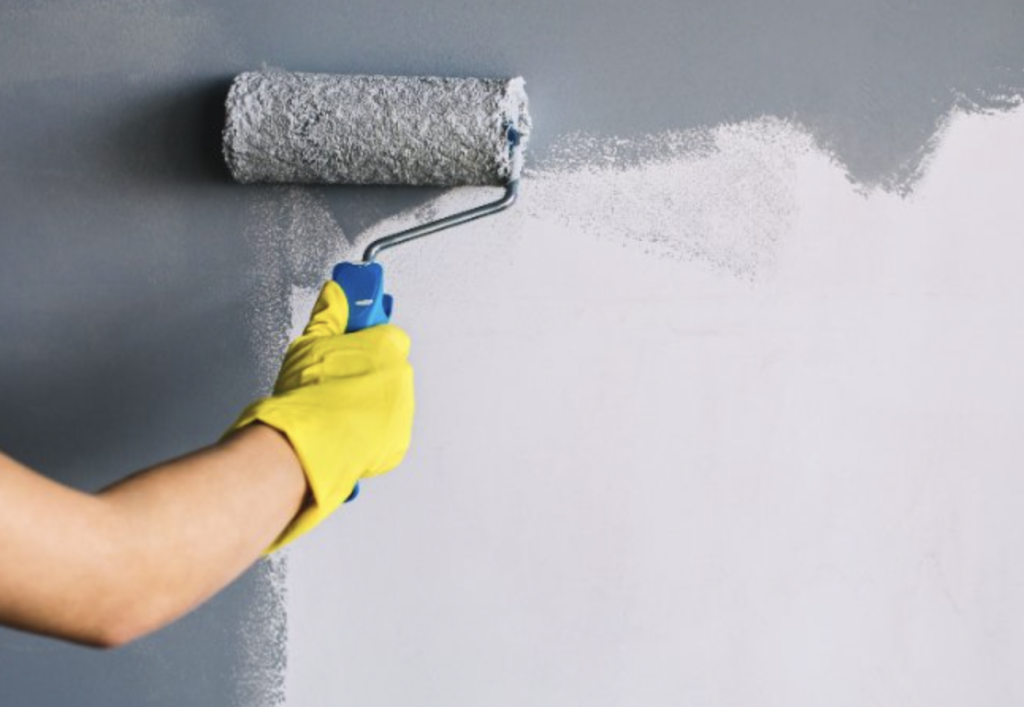For the do-it-yourself interior or exterior house painter Brisbane, the desire to open a can and start rolling is strong, and this is understandable. The wide, untreated wall before you beckons you to paint it. While your excitement for the initiative is still fresh, you must act. And that wall appears to be smooth and clean, so what could go wrong? Frankly, several potential problems exist.
Professional painters spend so much time sanding, fixing, and generally preparing surfaces for painting. Skipping the preparation saves time in the short term, but a professional paint job that will survive for years and look fabulous for decades – requires adequate preparation. This is why:
Paint Must Stick To Something
You can repaint over a filthy, shiny, flaking, and peeling surface, but don’t expect your effort to last over time. For fresh paint to attach, the interior or external surface must be clean and free of dust, inhibiting the paint’s ability to cling to surfaces, trims, and ceilings.
Depending on the state of the previous paint or the type of surface you’re painting (e.g., painted bare drywall, metal or wood, it may be necessary to apply many coats of primer. And scraping is essential if the present paint is flaking, chipping or peeling since if you don’t remove the damaged paint, your new paint job will soon appear similarly harsh.
Dirt And Grime Can Affect New Paint
Clean walls will always accept paint better than unclean ones, but when it comes to outdoor painting, it is especially crucial to thoroughly clean surfaces before painting. Even if your external walls do not appear unclean, you will be astonished at what a power washer can remove. However, remember that power washing is not a substitute for manual scraping; if you perform the former without somehow performing the latter, you will wind up with spotless, flaking paint that is likely in worse condition than before.
You Require Repairs For More Than Just Aesthetic Reasons
Filling gaps and cracks in the surfaces you intend to paint may seem trivial. Still, more noticeable irregularities in walls and ceilings can hinder paint’s adhesion, so use a high-quality epoxy wood filler to produce a smooth, paint-ready surface. While doing minor repairs, keep an eye out for decaying, cracked ones, or they must handle disintegrating wood and rusty metal since these concerns before painting the walls if you wish to obtain long-lasting, attractive results.
As stated previously, an excellent primer offers something to adhere to new paint. However, that is not all it does! Some primer products are designed to effectively seal a surface, especially in instances where bare wood textures and knots might generate discoloured areas in lighter paint colours or where other defects may cause future darkening or discolouration. Simply said, meticulous preparation before painting safeguards your investment. Since there are several procedures involved in wall painting, choosing a qualified and experienced painter Brisbane for the job is advisable.

